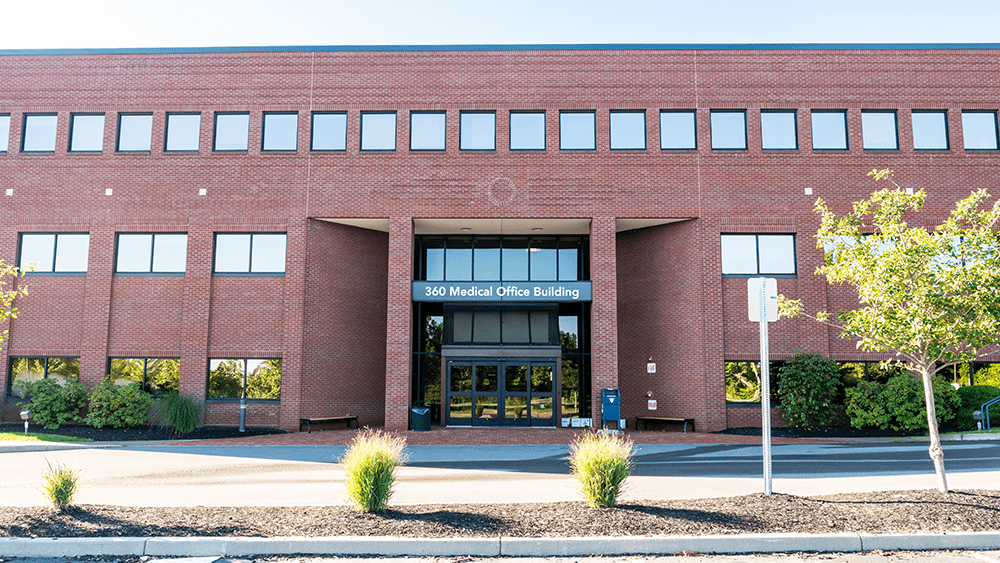Orthobiologics are an emerging treatment group consisting of therapies that use the body’s own tissue and cells to help heal and regenerate. Most commonly, this includes treatments like platelet rich plasma (PRP), bone marrow concentrate (BMC) and lipoaspirate. Conditions treated include:
- Osteoarthritis of large and medium sized joints (ie. knees, shoulders, hips, ankles, elbows).
- Tendon and ligament tears
- Tendinopathy/Tendinosis (chronic thickening of tendon fibers)
All of these treatments offered simply use your body’s own ability to heal itself. Your body is an amazing machine that has everything within itself to accomplish this, however sometimes it requires procedures like this to deliver the concentrated message directly where it needs to go. In most cases, this will be accomplished by your physician targeting a “complex” of areas under ultrasound guidance with the specific treatment chosen.
Treatments:
Platelet Rich Plasma (PRP):
Platelets contain growth factors that assist the body’s own healing and regeneration process. Whole blood contains a small percent of platelets. PRP is obtained by drawing your own blood and then using a centrifuge to spin it down. This creates a smaller volume of concentrated platelets for the injection. This process reduces red blood cells, white blood cells and other aspects of “whole” blood that are thought to inhibit the healing process. Ideally this helps to assist the body in healing and regenerating damaged or degenerative tissue.
What to expect: The procedure starts with drawing a small amount of your own blood. The whole blood is then spun down in the centrifuge for about 20 minutes and will produce a platelet rich plasma. A special centrifuge is used to obtain a higher platelet concentration from your whole blood. Once the PRP is obtained, the injection is done under ultrasound guidance to improve accuracy. The injection can be painful and pre-treatment medication can be used to help with this, if needed.
Bone Marrow Concentrate (BMC):
Bone marrow is a rich source of mesenchymal stem cells and hematopoietic stem cells. Stem cells can be drawn from many different areas and tissue types, but bone marrow is most commonly used. Stem cells are known to have the ability to differentiate into many types of tissue like muscle, tendon, ligament, bone, blood cells, and others. This gives the potential for a self-renewal process that can improve and heal degenerative and damaged tissue.
What to expect: Bone marrow is typically harvested from your posterior iliac crest (top of your hip where you would rest your hands.) The area will be numbed with lidocaine prior to the procedure. You should only experience pressure and possibly mild discomfort. Once the bone marrow is harvested, it is spun down and concentrated in a centrifuge similar to the PRP process - this will take about 20 minutes and leaves a higher concentration of stem cells. The concentrated injection is done under ultrasound guidance to improve accuracy. The injection can be painful and pre-treatment medications can be used to help with this, if needed.
Lipoaspirate
Adipose or “fat tissue” is another rich source of mesenchymal stem cells. This type of tissue also provides an extracellular matrix as well as desired growth factors. This small amount of fat tissue is typically harvested from your abdomen or “love handle” area. This tissue source, while providing access to stem cells and growth factors of the body, also provides a “scaffolding” structure. This scaffolding serves as a “filler” for the damaged tissues that can allow the stem cells and growth factors to adhere to in order to help heal defects and regenerate damaged tissue.
What to expect: Adipose tissue is typically harvested from your abdomen (love handles). The area where the fat tissue will be harvested from will be numbed extensively. Once this is complete, a simple liposuction procedure will be performed. The fat tissue that is harvested will then be resized, then reinjected into the target area under ultrasound guidance to improve accuracy.






